HELP & RESOURCES
YOUR SKILLS REVISION BOOKLET – Important!
OVERVIEW

In the next few lessons, you will be doing reviewing and redrafting your skills essays and ensuring your skills template is complete. We will be doing the final Skill, Conventions, as a timed essay in class at the end of the week.
These are advice tweets we received from the Chief Examiners a couple of years ago as a reminder about Section A.
Section 1a

KEYS TO SUCCESS
- Be specific and be chronological.
- It is about the process, the decisions you made and the impact on the outcome.
- Introduce with a general introduction as to what you understanding about
- Digital Technology
- Research and PLannning
- Conventions from Real Media
- Post Production
- Always conclude with your final product and how much more skilled you are and how your improved skills have affected your final product.
ASSESSMENT
Remember, use T + E + E (explain instead of A – analyse) and S (particularly if creativity is involved).
- T = skill
- E = when and how
- A = how did it help and improve the product
- S = how much more creative, original, unique, new, inventive did you or the product become.
A GENERIC ESSAY PLAN (SKILLS – PROCESS AND DECISIONS)
You could use synonyms for ‘process’ and ‘decisions’ and keep these in mind when writing the essay and keep mentioning them in relation to your examples.
This is a celebration of your learning journey and the decisions you made and how they helped you improve.
- Intro; what skill are you talking about and what do you understand it to encompass – i.e. what is C, DT, R + P and PP – very short. and briefly outline which projects you did i.e. preliminary, thriller, swede, music video (title of song and performer) and print products + very, very short overview of the type of skills, tasks, exercises, techniques, conventions or documents you used in AS and A2 in that particular Skill area. If time is an issue – scrap this in preference for the stories below.
- (Skills Story 1)should pick up on one of the specific skills listed above and suggest something about your starting point with it – give an example of how this progressed from start to finish and probably how it affected your creativity as a media student.
- (Skills Story 2) choose another one of the skills listed and do the same as above – use examples.
- (Skills Story 3) choose another one of the skills listed and do the same as above – use examples.
- (Skills Story 4) choose another one of the skills listed and do the same as above – use examples.
- Conclusion; short conclusion of how your skills have improved (and how your creativity has developed if appropriate but to be hones, it’s relevant even if it isn’t mentioned in the question).
Remember it’s only half an hour and you need to address all your video projects!
You can mention other skills that you have learnt and applied to projects outside of school or in school but only if really relevant or spectacular.
PREVIOUS EXAM QUESTIONS
Explain how your research and planning skills developed over time and contributed to your media production outcomes. Refer to a range of examples in your answer. (25 Marks)
Explain how your use of creative digital technology developed over time. Refer to a range of examples in your media productions in your answer. (25 marks)
Describe the most important post production decisions you made for your different media productions and explain why these decisions were significant. Refer to a range of examples in your answer to show how your skills in post-production developed over time. (25 Marks)
Explain the most significant ways in which your media productions were informed by your understanding of the conventions of real media texts. Refer to a range of examples in your answer to demonstrate how this understanding developed over time.
2016 Question: Explain the importance of research and planning to your media production outcomes and
how your skills in this area developed over time. Refer to a range of examples from your media production process in your answer.
2017 Question: Assess the effectiveness of the ways in which your research into real media texts led to
specific media production outcomes. Refer to a range of examples from your media productions in your answer.
Seems unlikely that research and planning will crop up three years in a row!
EXEMPLAR ESSAYS
These are exemplars from previous years.
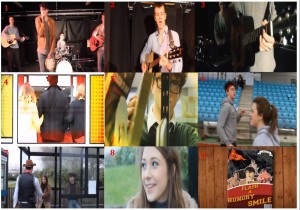
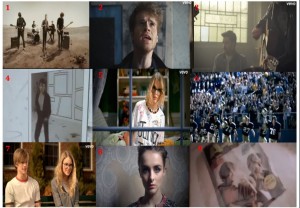
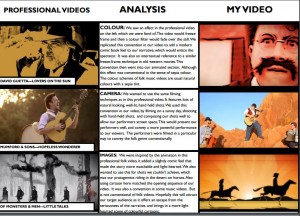
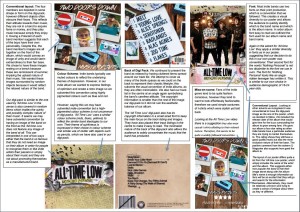
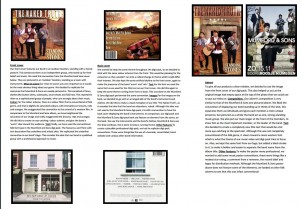
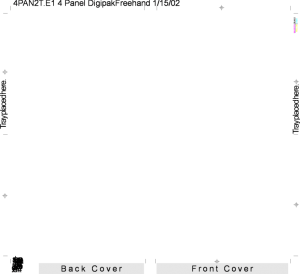
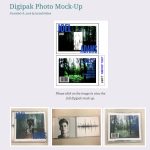

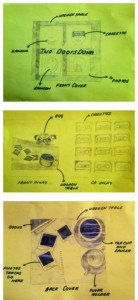
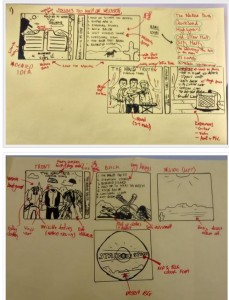
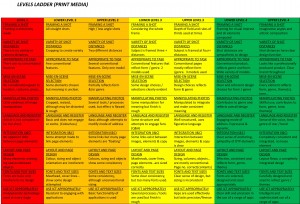


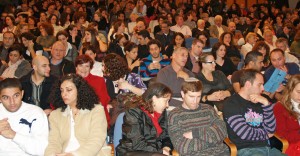 , if you don’t understand your target audience and their preferences your music video will not be a commercial success.
, if you don’t understand your target audience and their preferences your music video will not be a commercial success.


